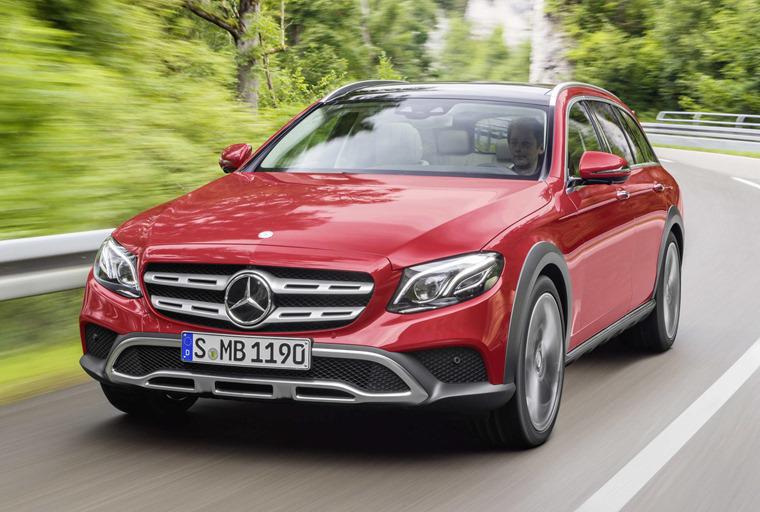
Automotive News Green Car Conference – Exhibition – Fuel Efficient News, Car Features and Reviews – Automobile Magazine
Automotive News – Report from The Green Car Conference
T he Automotive News Green Car Conference & Exhibition was held November fourteen in a conference center just outside the worried city of Detroit. While automotive industry leaders were in Washington, D.C. looking for loans, hundreds of event attendees were learning about the future of green transportation. What goes after is a synopsis of our findings.
Without a doubt, eventually we`ll all be driving vehicles motivated by motors. These motors will be powered by batteries charged by any number of sources; the grid, gasoline-fired engines, diesel engines, and eventually hydrogen fuel cells. The transition to EV-motoring will be long and gradual, taking decades for the necessary infrastructure to evolve.
In the meantime, ICEs (internal combustion engines), diesels, and HEVs (high efficiency vehicles, what hybrids are coming to be called) will pack product portfolios for the near- and mid-term. Several speakers talked about improving engine, battery and materials technologies, and how these will lead to incrementally better mileage. Expect single-digit improvements in MPG year over year and model over model.
What was missing from the presentations were silver bullets or magic beans that would provide a cure-all for fuel efficiency, emissions, spectacle, and reliability. It confirmed what we at Automobile knew going in, a quick and effortless fix doesn`t exist. (Somebody … anybody … please forward this to your representatives in Washington.) If an effortless solution did exist, this was the place for it to surface. (Perhaps at the next conference somebody will eventually take the wraps off a 100-mpg carburetor.)
While no one speaker or panel discussion introduced a quick solution to the automotive world`s influence on the environment, we encountered some cool technology that`s worth pointing out.
Dr. Patrick Olivia, Corporate Vice President Prospective & Sustainable Development at Michelin pointed out that in terms of energy consumption, tires eat up about 20-percent of a vehicle`s energy. Many of Michelin`s newest tires (in production now) cut rolling resistance by ten percent leading to a one percent improvement in overall fuel economy. And unlike in years past when low-rolling resistance tires didn`t treat well, our practice in the fresh Audi Q7 Trio.0 TDI (shod with Michelin Green X rubber) proved that one can now have high efficiency along with high spectacle.
The Michelin Active Wheel
Olivia said that rolling resistance and tire aerodynamics present broad areas for improvement, but that we could one day see a wholesale switch in technology at each corner of the car. He then referenced a technology shown at the two thousand eight Paris Auto Showcase, the Michelin Active Wheel. Designed specifically for electrical vehicles, the accomplish assembly includes a propulsion motor and a 2nd motor that controls the active suspension and braking. It doesn`t take much imagination to see the potential applications for this system.
ZF, the transmission company, demonstrated its 8-speed automatic gearbox in the expo hall next door to where the expo`s seminars were taking place. While we`ve become used to transmissions with more gears, this unit held a surprise that points to another intermediate technology toward going fully electrical.
Beyond functioning as an automatic transmission, the conventional torque converter in this unit can be interchanged out for an electrical motor, making it a hybrid transmission. This technology greatly simplifies the integration of hybrid technologies into existing vehicle lines. For example, if a manufacturer desired to add a hybrid edition to an existing vehicle line (say a BMW X5), the builder could select one of their current engines then add the ZF hybrid transmission, a starter/generator unit (that enables an engine to instantly restart after a fuel-saving Auto Stop), and a battery module. Voila … a fresh X5 Hybrid is born. Fuel savings would be in the dual digits.
The Michelin and ZF technologies demonstrate the type of innovation coming from the supplier-side of the business. Expect to see more ideas in the coming months.